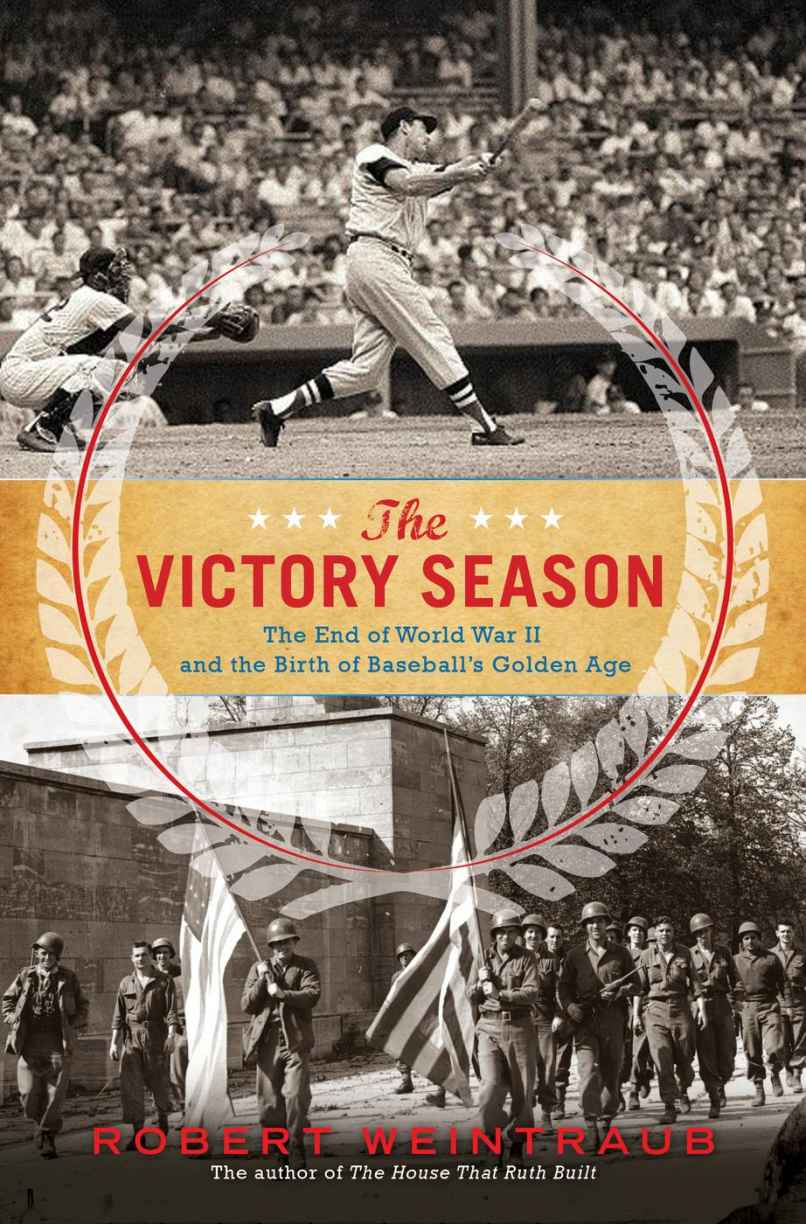
The Victory Season
The End of World War II and the Birth of Baseball's Golden Age
کتاب های مرتبط
- اطلاعات
- نقد و بررسی
- دیدگاه کاربران
نقد و بررسی

February 15, 2013
The subtitle here may confuse. To most baseball fans, wasn't the sport's golden age before World War II? After the war, we got what is usually called the "modern" age of baseball. Be that as it may, this is a punchy history of the transitional time (see Bridging Two Dynasties, below, for a related title), driven by an emphasis on the personalities of the time, both those players who emerged from the war with more to give the game, e.g., DiMaggio, Williams, Feller, and those who represented a new era, e.g., Jackie Robinson, who gave the game his life. Weintraub (sports columnist, Slate; The House That Ruth Built) also relates colorful stories of managers on and off the field (e.g., Leo Durocher and his womanizing), broadcasters (Red Barber) and front-office men such as Larry McPhail, and the obligatory Branch Rickey. From chapter to chapter the topic changes with no narrative bridge. Weintraub often adopts the language of a golden-era news guy, with phrases such as "a mighty ruckus" and "the press boys." VERDICT Much of this won't be new to those who lived then or had parents who did. Recommended, though, as a great choice for rising generations of baseball fans.--MH
Copyright 2013 Library Journal, LLC Used with permission.

Starred review from April 15, 2013
The war was over, and the stars were home. Baseball was back, after five long war years in which the action on America's major-league playing fields looked like the fat guys versus the tall guys at the company picnic. But it was a different America from the one that was plunged into war on December 7, 1941. Weintraub, a frequent New York Times contributor and author of The House That Ruth Built (2011), paints a portrait of an America that was thrust nearly as unexpectedly into peace as it had been into war. Washington succumbed to public pressure and released a million and a half soldiers per month into civilian life from late 1945 through 1946. The breakneck reintegration caused a crippling housing shortage and a contentious labor movement that nearly included major-league baseball. Within this informative context, Weintraub covers the key story lines of the 1946 season, which included Ted Williams' deteriorating relationship with the Red Sox fans contrasted with Stan Musial's love affair with the St. Louis faithful. Naturally, the season came down to a dramatic World Series showdown pitting Williams' Sox against Musial's Cards. The baseball history makes great reading, but the larger story of our sometimes painful transition to peacetime gives the book its staying power. Fine popular history.(Reprinted with permission of Booklist, copyright 2013, American Library Association.)

























دیدگاه کاربران